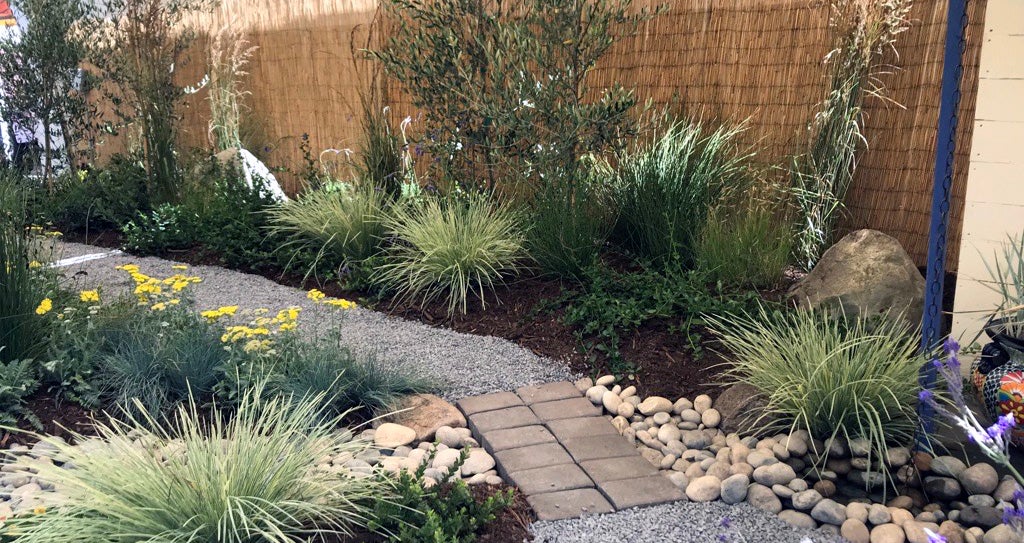
Resources for sustainable landscaping.
Learn More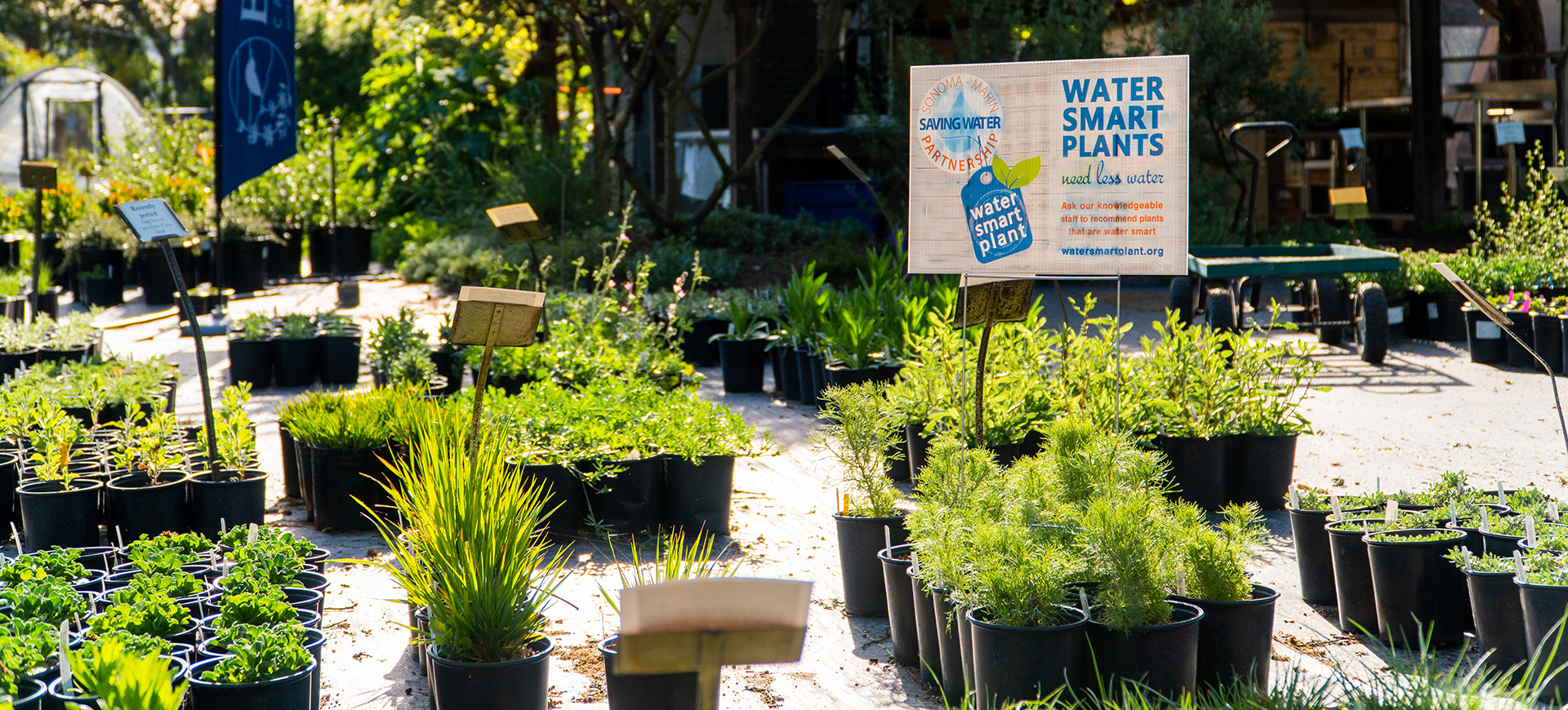
Refresh your landscape with
Water Smart Plants!
Learn More
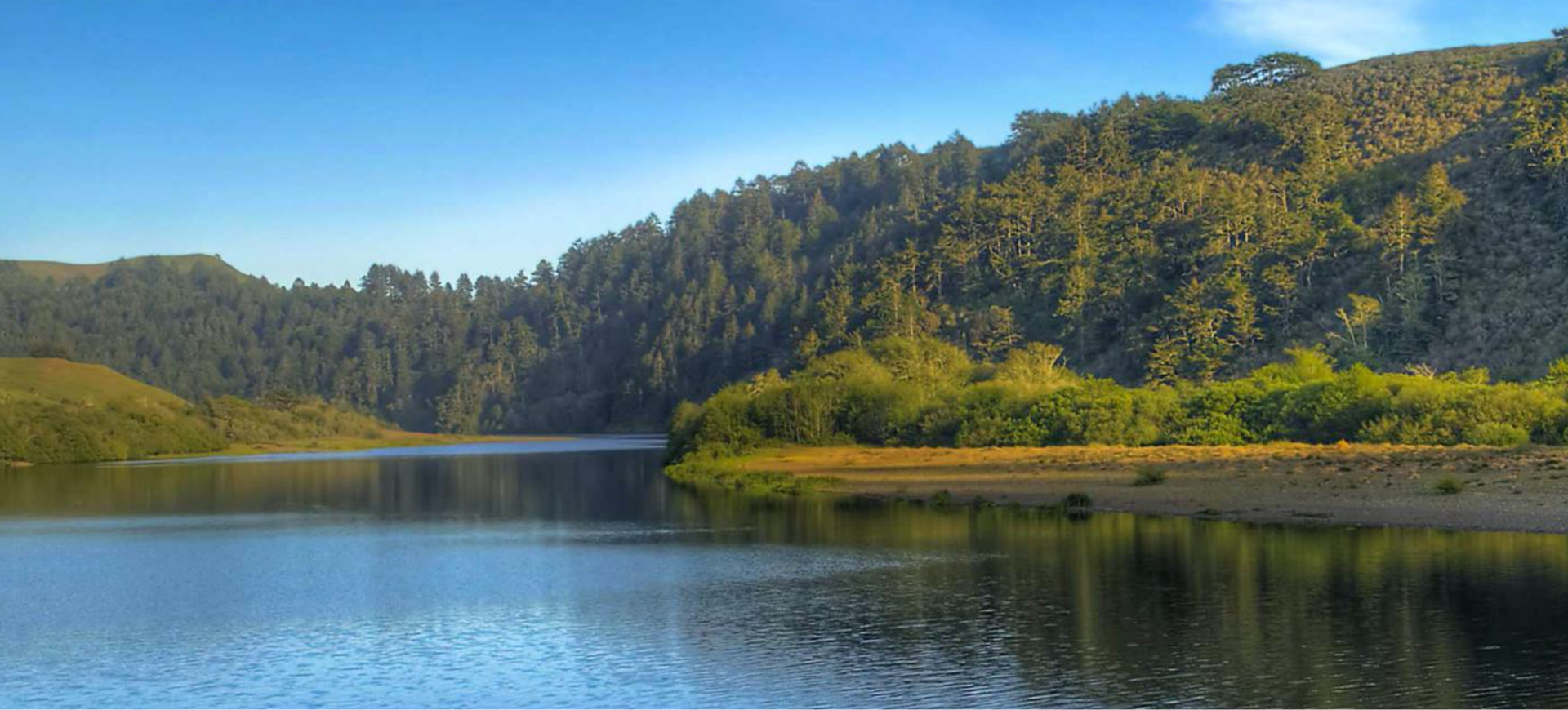
Easy Ways to
Save Water
Learn More
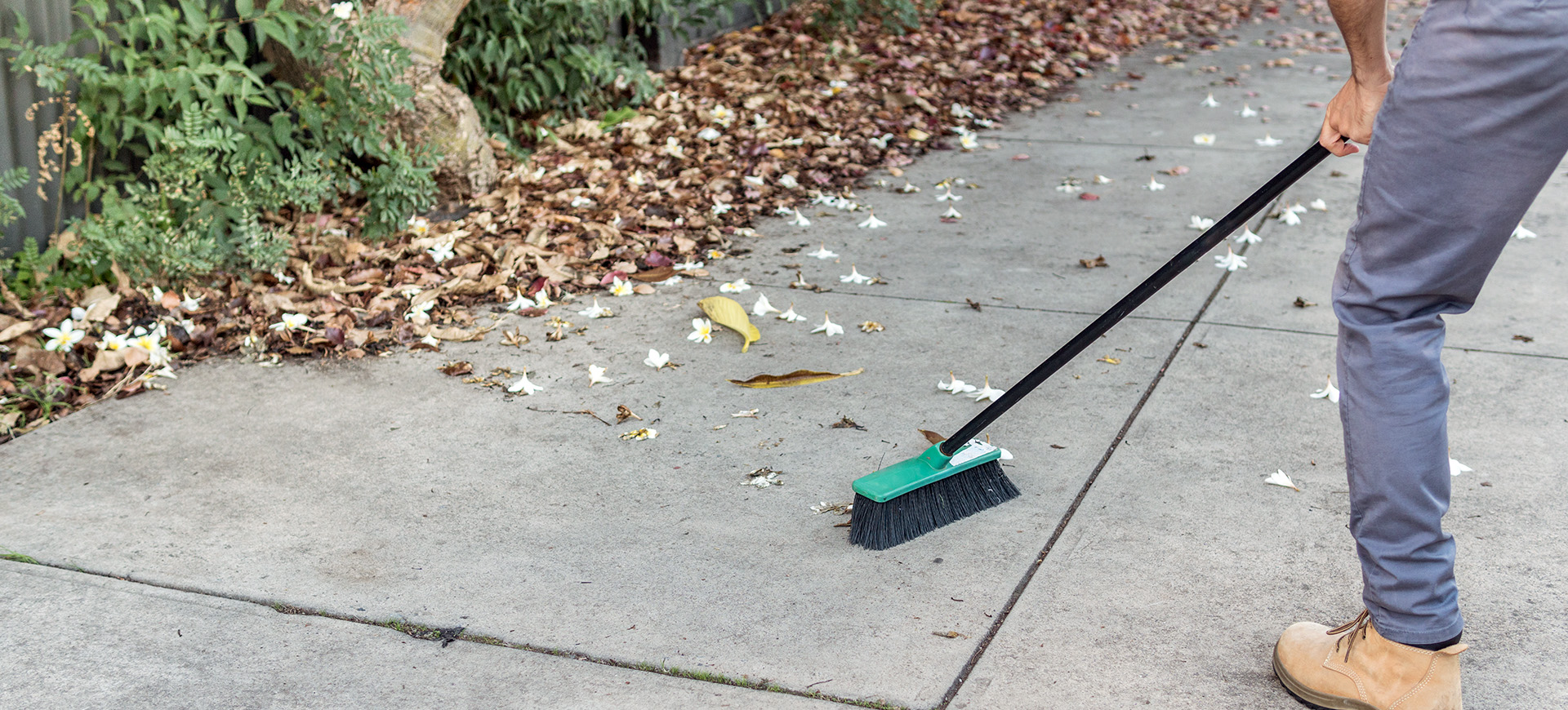
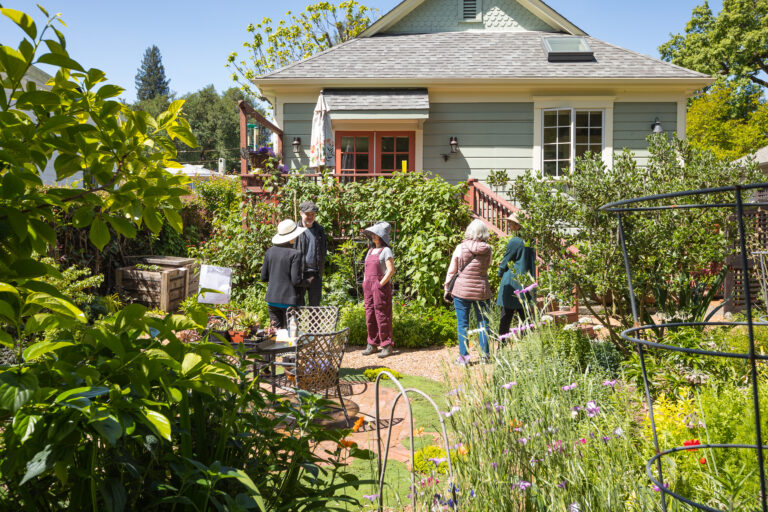
The Eco-Friendly Garden Tour is a public outreach and education program that promotes sustainable landscaping practices by showcasing inspiring gardens throughout Sonoma and Marin counties. The 2024 Eco-Friendly Garden Tour will take place on Saturday, May 18th from 10am-4pm. The tour is self-guided and free to attend.
This year’s garden tour features over 25 gardens!
The Partnership was formed to identify and recommend implementation of water use efficiency projects, and maximize the cost effectiveness of water-use efficiency programs in our region.

The Sonoma-Marin Saving Water Partnership represents 13 water utilities in Sonoma and Marin counties that have joined together to provide regional solutions for water use efficiency. Learn more about our achievements in our Annual Report.
Sonoma Valley Wastewater Treatment Plant Tour (In Spanish only)
Petaluma Tuesday East Side Farmers Market 320 North McDowell Boulevard, Petaluma, CA, USA
Lucchesi Park
2024 Eco-Friendly Garden Tour
Sonoma and Marin counties